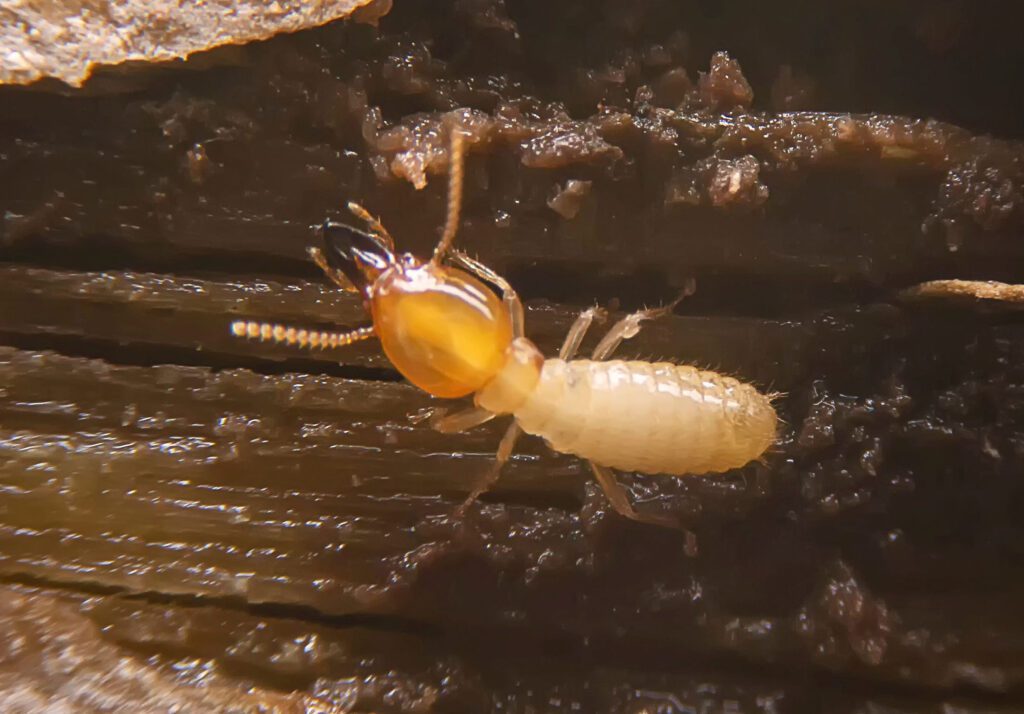There are few things homeowners dread hearing quite as much as “You’ve got termites.” The last thing you want is something damaging both the structural integrity of your home and jeopardizing the entire investment. Unfortunately, in a place like Florida, a diagnosis of termites is fairly common.
The Relationship Between Termites and Florida
Floridians typically have several types of termites to deal with, but they most commonly see subterranean and drywood termites. Dampwood termites are also fairly common both in the southern and central parts of the state, but unless there’s been serious water damage to your home, you may never see them.

Florida’s warm, humid climate means that there are different termite species that may swarm your home throughout the year. Subterranean termites can hit you between October and February. A drywood termite might pop up any time of the year except December. Almost more than any other state in the US, Florida has the highest potential for termite damage thanks to the climate, and while building codes have long since been updated to make sure new homes see these creatures with less frequency, if you live in an older home, the chances that you’ll find termite problems at some point are good.
To make things a bit more problematic, the Nasutitermes corniger termite, a species native to the Caribbean, turned up last year in South Florida, leaving real fear in the hearts of even exterminators. They live above ground, but they’ll be happy to build a mud-based tube on the outside of your home or shed. They eat hardwood, and they can turn anything into shredded wheat in a hurry. Very aggressive, one nest could harbor as many as a million termites, which means they can make short work of seriously damaging your home or property.
If you suspect termites, your best bet is to contact a qualified termite control service immediately. The last thing you want is an ongoing problem with creatures like these.